Horticulture
-
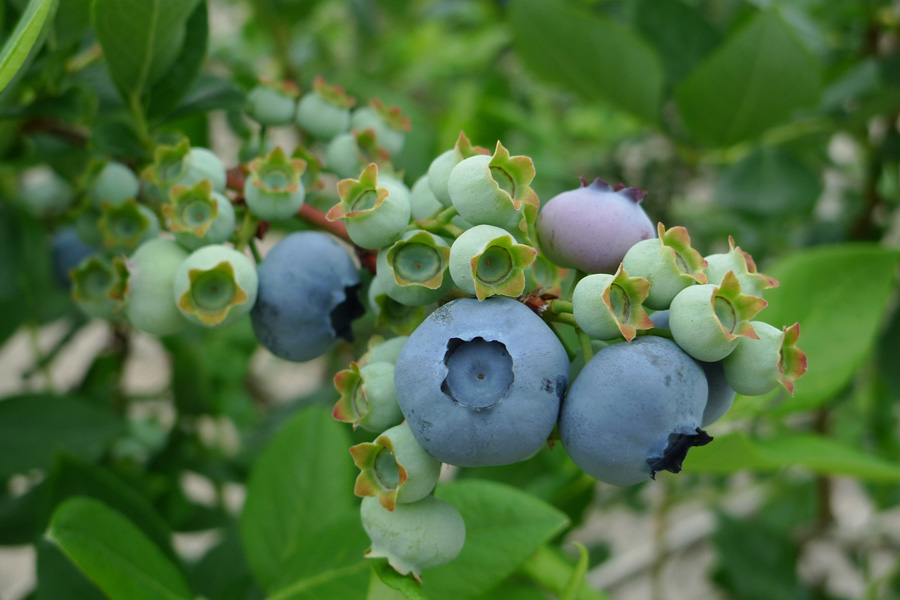
C 1278-SP
Los Arándanos y Su Producción
El arándano alto del sur, es un híbrido que requiere pocas horas de frio—una aproximación de cuantas horas la planta requiere estar expuesta a temperaturas de entre 32 a 45 °F para romper la dormancia y empezar iniciación floral—comparado con el arándano alto del norte. Por lo que permite al estado de Florida y áreas del Sur de Georgia posicionarse en el mercado estadounidense en los meses de Marzo, Abril y Mayo, y es el que ha permitido la producción de arándanos para exportación en países como México y Perú.
Zilfina Rubio Ames
|
-

Learn about irrigation scheduling methods for commercial vegetable production in Georgia through this video resource.
Laurel Dunn, Andre Luiz Biscaia Ribeiro da Silva, and Govindaraj Dev Kumar
|
-

This is an annual report highlighting research conducted during 2021 and 2022 for Vidalia onions. Research topics include: variety trials, irrigation and fertilizer strategies, sulfur content in soils, effect of fertilizers on yield, thrips, factors affecting postharvest incidence of bacterial bulb rot, and Botrytis leaf blight.
Timothy Coolong, Christopher Todd Tyson, Aubrey Shirley, and Ted McAvoy
|
-
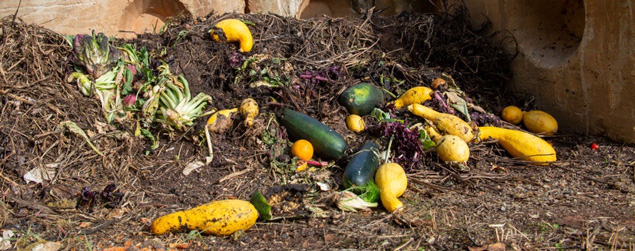
Whether from a local store, regional supplier, or another farmer down the road, understanding where your soil amendments come from and how they were handled prior to reaching your farm or garden is necessary to ensure you are sourcing the highest quality product with the lowest amount of risk.
Laurel Dunn and Ted McAvoy
|
-

This publication discusses how garlic, elephant garlic, and leek can be grown successfully in South Georgia.
Timothy Coolong
|
-
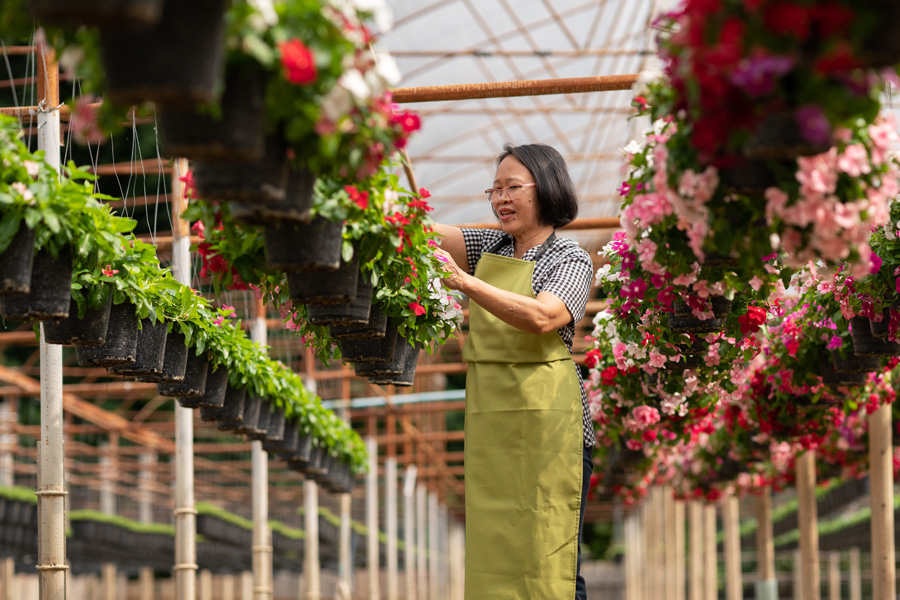
The idea of producing your own food in a clean, controlled environment is very appealing. While dreams may be big, careful research and planning should be done prior to jumping into any farm venture. Important items such as desire, capital, feasibility, labor, demographics, and marketing all need to be considered.
Bob Westerfield and Makenzie English
|
-
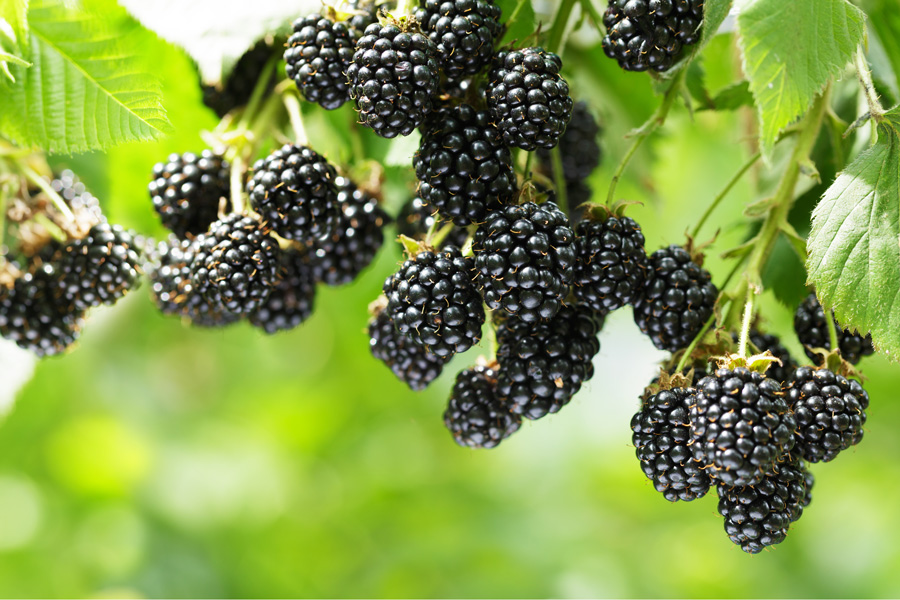
This circular covers basic postharvest harvesting, handling and cold storage principles for fresh-market blackberries to ensure the highest possible shelf-life and quality while minimizing postharvest losses. Blackberries are harvested in Georgia from mid-May to August. Most varieties
grown in Georgia were developed by the University of Arkansas breeding program.
The blackberry varieties cultivated in Georgia are primarily intended for fresh market
sales and are harvested by hand, while machine harvesting can be used for
fruit that will be frozen.
Blackberries are a highly perishable fruit; since they lack both cuticles (protective
outer coverings) and carbohydrate resources, they have high respiration and
transpiration rates. Because of the fruits’ delicate skin, they cannot be cleaned
or cooled using water. The shelf life of blackberries is limited by high rates of
respiration, water loss, softening of the fruit, decay, and mechanical damage. To
slow down deterioration in quality, it is imperative to reduce the temperature of the
fruit as soon as possible after harvest.Angelos Deltsidis and Zilfina Rubio Ames
|
-
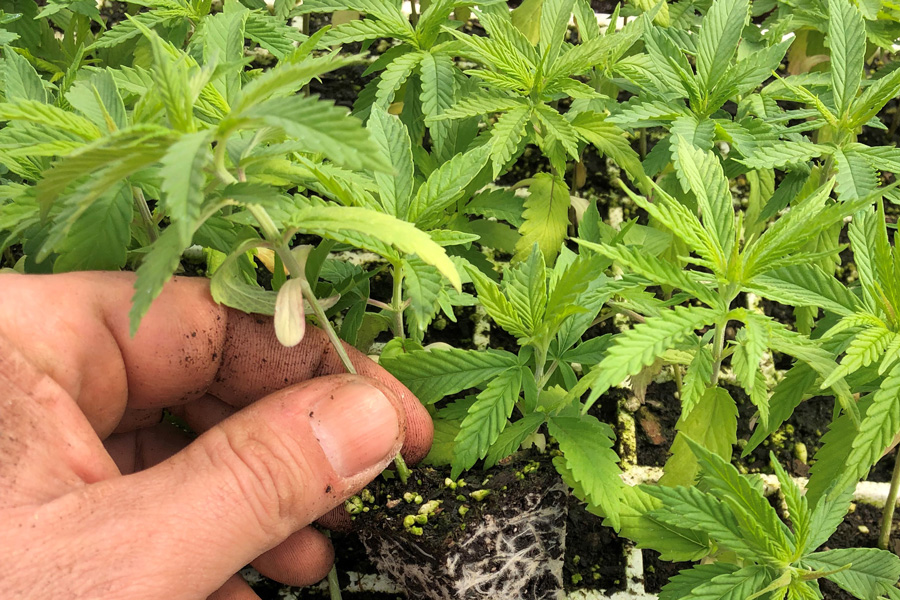
With the passage of the 2018 Agriculture Improvement Act (U.S. farm bill), the federal government removed industrial hemp (Cannabis sativa L.) from the list of Schedule I drugs and opened up opportunities for farmers to produce this once widely grown crop. At the time of publication, states are currently operating under the 2014 U.S. Farm Bill that allowed pilot programs for hemp production focusing on research. Georgia did not participate in the pilot program under the 2014 farm bill. Therefore, growers in Georgia must wait until the U.S. Department of Agriculture approves the Georgia state plan for outlining rules and regulations for hemp growers and processors. More information on the hemp rules and regulations can be found at agr. georgia.gov. It is anticipated that hemp growers and processors may grow for the 2020 production season. Although the brief guide that follows is not exhaustive, it is meant to provide basic information for growers who are considering hemp production of floral materials meant for the cannabinoid market. Cannabinoids may include CBD, CBG, etc. Although there has been some interest in hemp production for fiber and seed, the majority of growers have expressed an intent to grow for the CBD market. The production of hemp for fiber and seed differs greatly from that of floral material and subsequent publications will focus on these end uses. Due to the changes in rules and regulations that are likely to occur, we recommend readers look to the Georgia Department of Agriculture and the USDA for any clarification or questions they may have regarding the regulation of hemp production in Georgia.
Timothy Coolong
|
-

We can positively affect pollinator populations in our region by providing plants that help sustain them. Pollinators face the increasing challenges of habitat loss, parasite and disease pressure, and the unintended consequences of pesticide misuse. Bee forage plants can bloom season-long with careful plant selection appropriate to the region. A combination of herbaceous perennial and annual plants, trees, and shrubs can provide valuable resources to bees and other pollinators. Even grasses can be used by bees as a pollen source, while crape myrtles can provide a later season resource for pollinators. Anyone—from individual home gardeners to commercial and agricultural property managers—can promote pollinator health by selecting and planting appropriate plants. This guide provides options for selecting flowering woody plants that are attractive to bees and butterflies and sometimes have additional wildlife benefits.
S. Kris Braman, Bodie V. Pennisi, Kim Toal, and Elizabeth McCarty
|